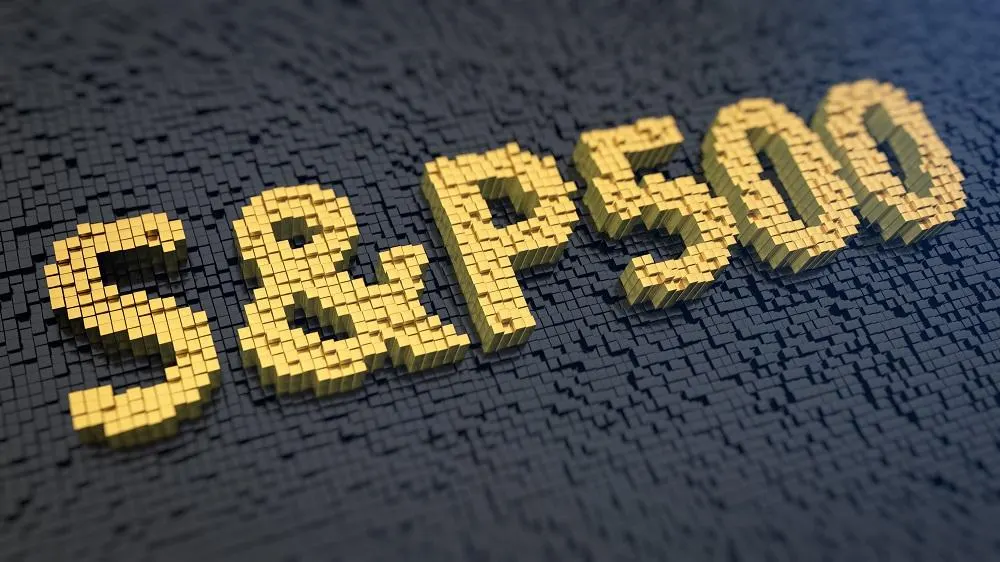As Bitcoin prices aim for 2022 peaks following the 2024 halving, the cryptocurrency market displays remarkable bullishness. A pivotal moment came with the SEC’s green light for spot Bitcoin ETFs in January, overcoming initial doubts among investors and traders, both inside and outside the cryptocurrency sphere. The environment has since transformed.
Here’s an overview of the Bitcoin ETFs to date, along with significant insights from the strategy of the world’s leading asset manager.

The SEC’s decision was eagerly awaited for months. The market has been advocating for a spot Bitcoin ETF as a way to involve U.S. retail investors through a cost-effective, safe, and regulated investment option.
Despite ongoing demand, the SEC had previously turned down such proposals, pointing to concerns about investor protection due to Bitcoin’s price being set on unregulated exchanges. As Larry Fink, CEO of BlackRock, expressed in a tweet six months before the decision:
Larry Fink’s ideal scenario involves adding a modest 84.9% of Bitcoin to BlackRock’s vast asset portfolio, signaling a significant move in the cryptocurrency space, starting with Bitcoin. He urges preparation while there’s still time.
With the introduction of spot Bitcoin ETFs by major Wall Street entities like BlackRock, the initial reaction saw Bitcoin’s price dip by about 15% post-SEC approval. However, current indicators suggest that BTC ETFs are drawing new capital into the market.
Previously, investors had the option to buy Grayscale’s Bitcoin fund, GBTC, at a discount to its net asset value due to withdrawal restrictions. But since the SEC’s nod for Grayscale to convert into an ETF, GBTC experienced $4.3 billion in outflows, primarily from investors capitalizing on earlier discounted purchases. This exerted downward pressure on Bitcoin prices.
J.P.Morgan interprets most of this outflow as profit-taking rather than a shift to more affordable spot Bitcoin ETFs. It’s unclear if the remaining $1.3 billion transitioned to competing, less expensive ETFs or if it was simply a move towards different assets.
Nevertheless, J.P.Morgan views the U.S. ETF approvals as a game-changer for Bitcoin’s market structure. Spot Bitcoin ETFs could deepen market liquidity and streamline the price discovery process.
Moreover, Grayscale’s proposal to launch a covered call Bitcoin ETF could further deepen the market, potentially benefiting both GBTC and the Bitcoin derivatives market, pending approval.
Later..
The recent surge in Bitcoin’s price is fueled by increasing institutional interest, particularly in various ETFs, with BlackRock’s IBIT adding nearly $500 million.
Institutional appetite for Bitcoin is evident from the record-breaking debut of BlackRock and Fidelity’s top two spot BTC ETFs. In their first trading month, these ETFs gathered over $3 billion in assets, setting a new benchmark for ETF launches.
Overall, spot Bitcoin ETFs have secured over 200,000 BTC, worth nearly $9.5 billion. The previous week alone saw a record $1.1 billion influx into these ETFs, showcasing their growing popularity.
Despite a slow start, continuous inflows into newly issued funds indicate a sustained organic demand for Bitcoin.
CoinShares data reveals that the newly approved Bitcoin ETFs have attracted about $3 billion in net flows, despite a significant withdrawal from Grayscale’s product post its ETF conversion.
Continue..
Bitcoin ETF products continue to attract significant investment, with BlackRock’s IBIT leading the way by drawing in almost $500 million, reinforcing its top position among 11 ETFs. Bitcoin ETF net inflows have been remarkable, averaging over $500 million daily since the beginning of February.
Excluding Grayscale’s GBTC, these ETFs hold over $11 billion in Bitcoin. The easing of outflows from GBTC is reducing selling pressure and enhancing bullish sentiment. Bitcoin’s price recently surpassed $51,000, with the market showing a general uptrend.
Some analysts predict a short-term rally to $64,000, based on technical analysis and institutional buying. However, while the market is bullish, analysts warn of potential corrections ahead.
According to J.P.Morgan, BlackRock’s spot Bitcoin ETF quickly reached $1 billion in assets within just four days of its launch, marking a significant milestone among the newly launched spot Bitcoin ETFs. This approval by the SEC of nearly a dozen ETFs represents a major regulatory shift after years of hesitation.
Since their introduction, BlackRock and Fidelity have dominated inflows, benefiting from lower fees and strong brand recognition. In total, the newly launched ETFs attracted $2.90 billion in investment flows in their first four days.
The rapid accumulation of over $1 billion in Bitcoin by BlackRock’s IBIT just five days after its ETF debut is noteworthy, although it did not surpass the SPDR Gold Trust’s record.
Despite moderate retail interest, the potential for significant growth in the spot Bitcoin ETF market is high, with projections of reaching $100 billion.











